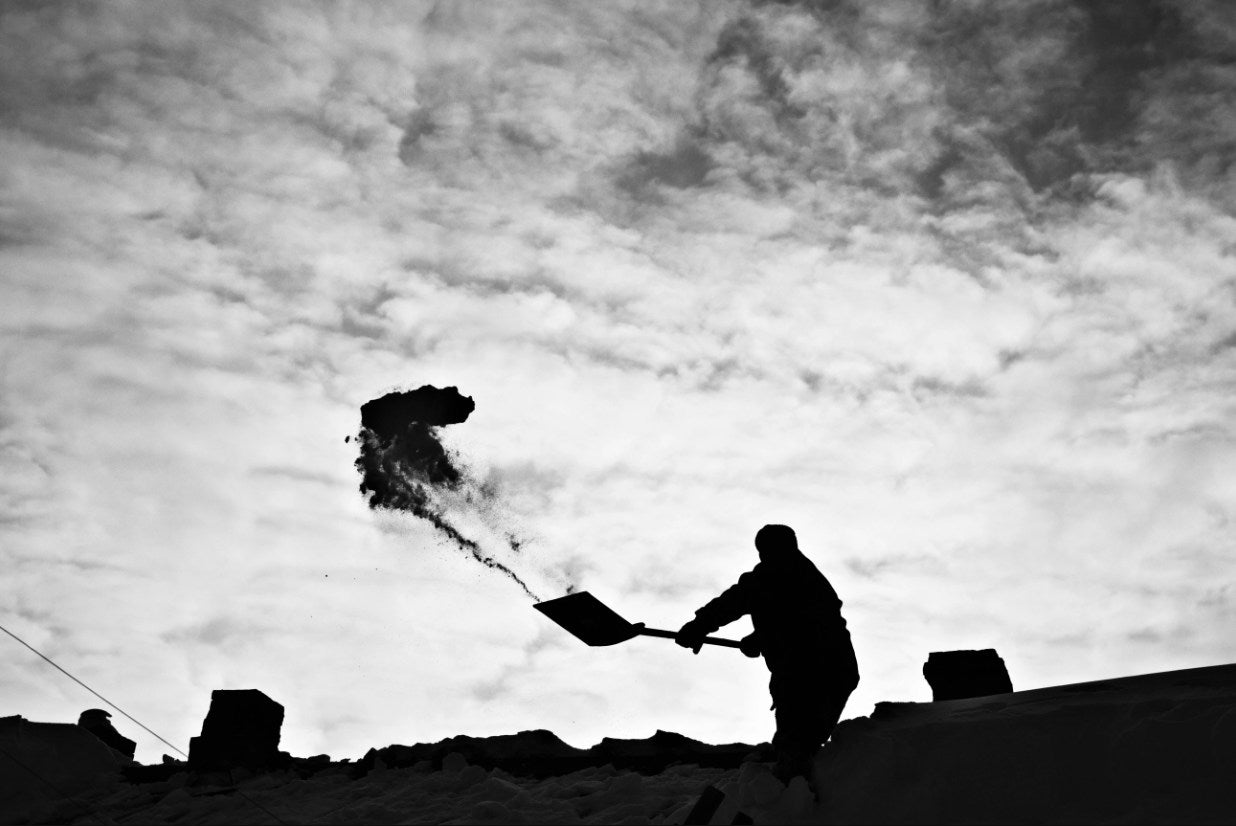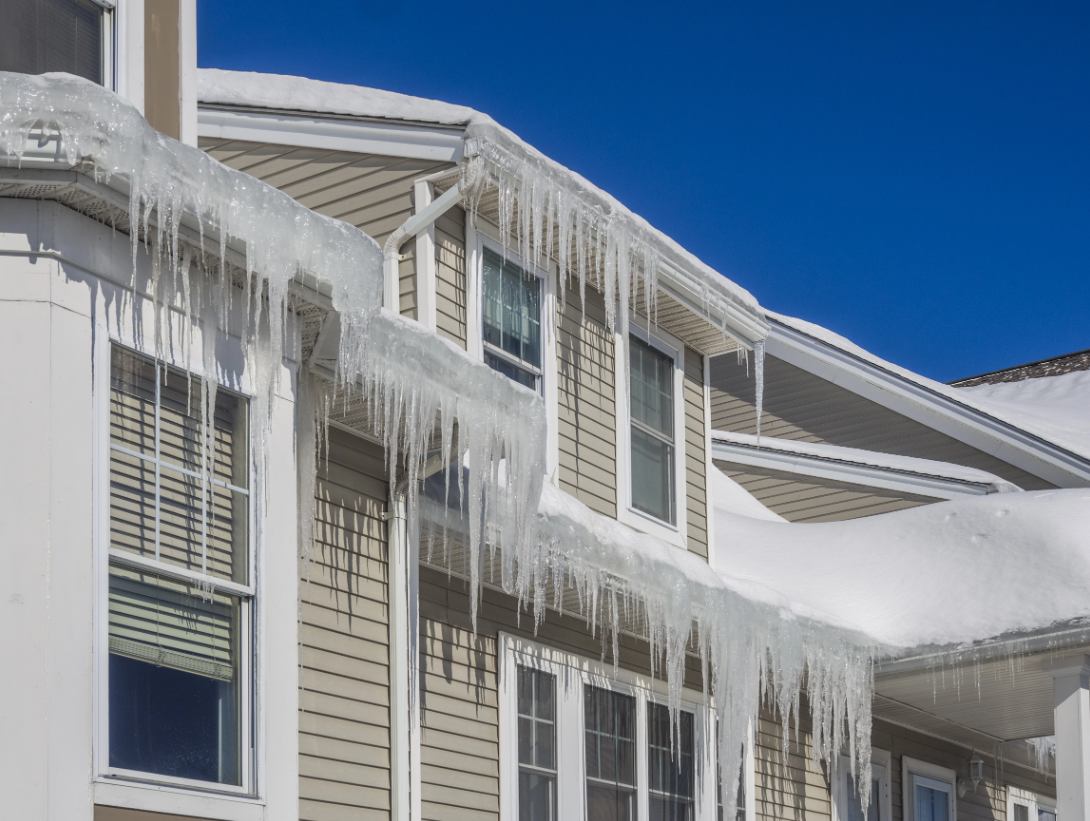
Once upon a time….
We’re all about snow removal--specifically a very modern, technological method of snow removal. But whether you use an electric snow-melting system or a tale-as-old-as-time-shovel, it’s undeniably fascinating to hear about how things worked before our modern conveniences.
The National Snow & Ice Data Center presents a comprehensive but fascinating look at the history of snowstorms, and snow removal in particular. We’ve broken down some of the highlights below, but feel free to check out the full article if you’re interested in learning more!
Enjoy this taste of snow removal of ‘yore!
1717: One of the earliest recorded snowstorms saw approximately 4 feet (1.2 m) of snow hit the East Coast--roads were impassable, and post had to be abandoned. It was referred to as “The Great Snow” for over a century.
1741: A severe snowstorm halts shipping along the East Coast for over a month
1820s: The Smithsonian Institution begins collecting weather reports in order to analyze and forecast conditions.
1840s: First patents are issued for snowplows
1862: First mention of snowplow use is recorded in Milwaukee. The plow was attached to a horse-drawn cart and pulled through the streets. Steam trains were also affixed with massive plows, and would clear snow throughout the city.
1870s: The term ‘blizzard’ is used for the first time by an Iowa newspaper. It’s believed to have been coined by German settlers; it comes from the word blitzartig which means “lightening-like.”
1880s: Elevated steam railways were built in New York to aid transportation when storms made ground travel more difficult
1888: The Blizzard of 1888 paralyzed the Northeast with three days of snow, and served as a wake up call to cities that more organized snow removal was necessary. City officials started taking action during the first stages of the storm, and plow drivers were assigned different sections of the city for more rapid response.
1899: In response to the the Blizzard of 1888, the first stretch of subway tracks is installed in Boston, as people saw the benefit of underground travel. New York followed suit 5 years later.
1913: Motorized dump trucks and plows, steam shovels, and tractors equipped with plow blades became the go-to for street snow removal.
1920: The snow loader was invented. The device was equipped with large scoop, so that as the snow was plowed, it was forced up by the scoop, and then caught by a conveyor belt, moving it away from the street and into a chute leading to a dump truck. It made snow removal much easier and more effective.
1925: Motorized salt spreaders became the primary tool for making sure that the streets were safe and ice free for the over 17 million cars registered at the time.
Late 1960s: Environmental experts discover that salt use was corroding cars, damaging roadside plant life, and polluting water supplies.
Mid-late 1900s: The market for smaller, customized snow removal equipment develops in response to the need for small industrial centers to clear their parking lots. Further, technological innovations and increasingly specialized functions continue to evolve, leading to more efficient wide-scale snow removal.
2004: Hillel Glazer invents the snow-melting mat, providing an efficient and convenient way to eliminate snow and ice accumulation around the home or workplace. And so HeatTrak is born.
BONUS: Enjoy this photo gallery from TIME that explores snow removal through the ages in dynamic images.


